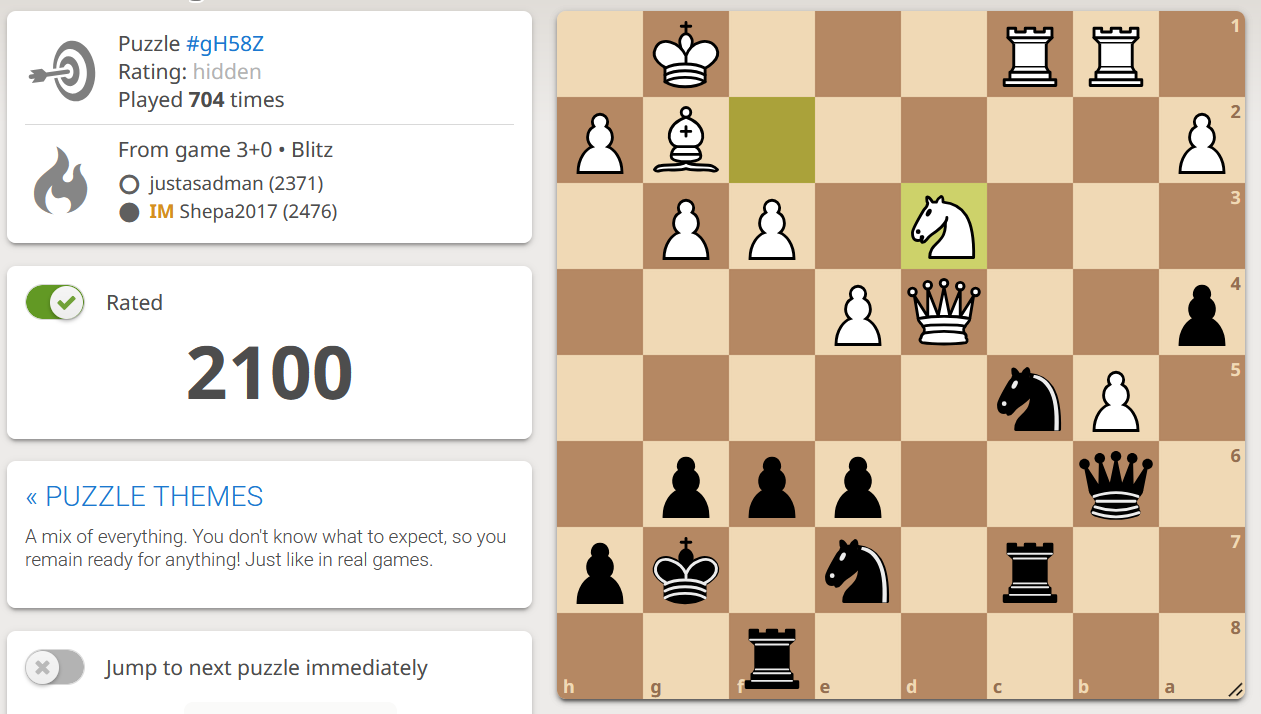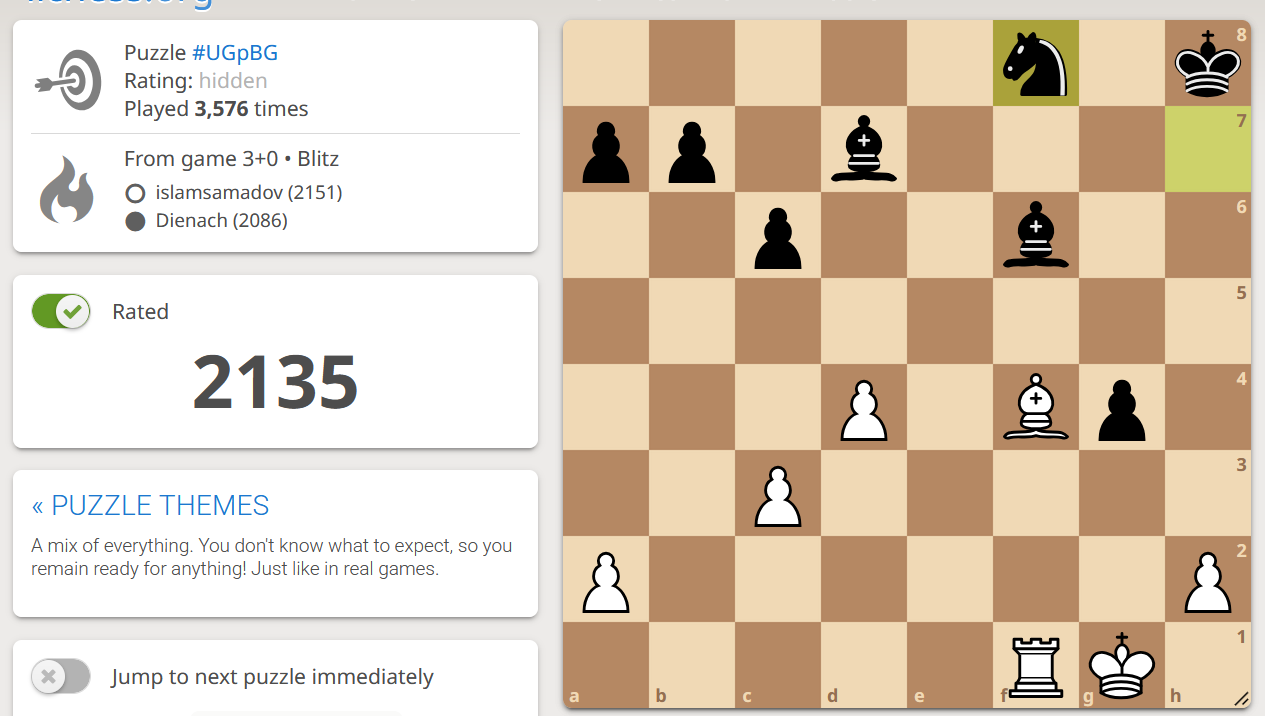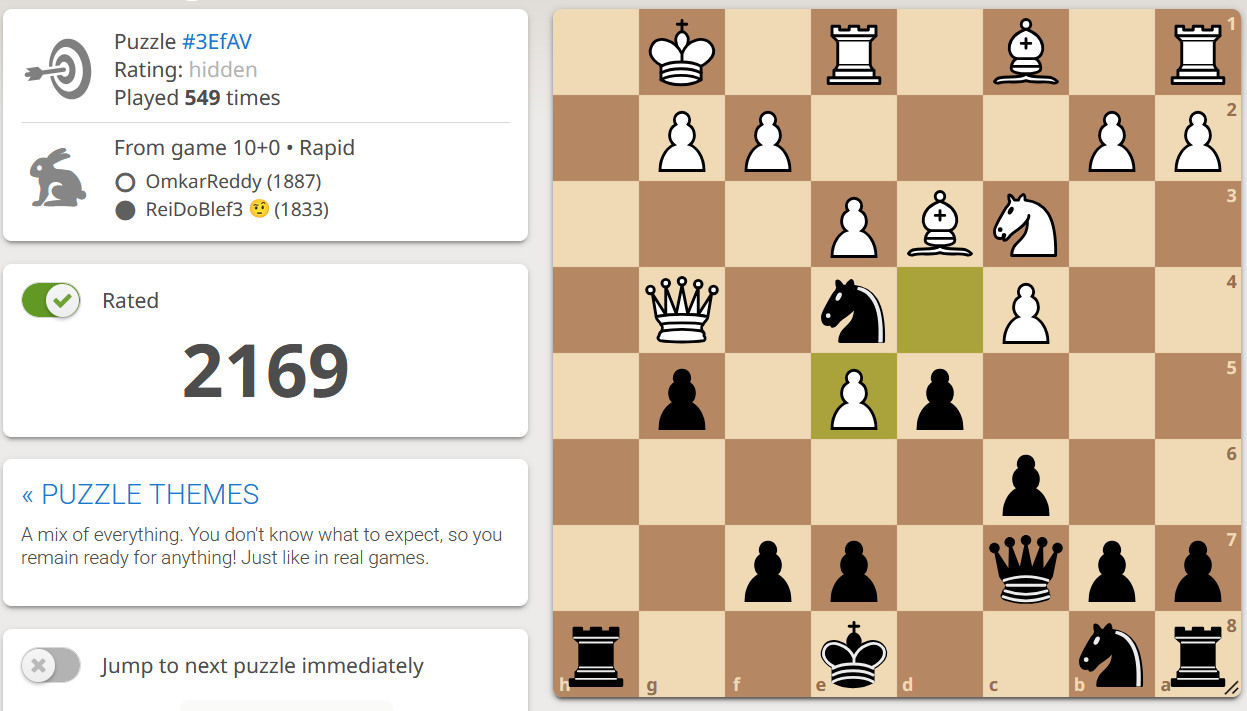
It's the puzzles!!
Chess is a game of patterns, both in the opening and the middlegame when you're looking for possible attacks, and ESPECIALLY in endgames where everything is decided if you know your theory. I think that during my training when I was younger, puzzles were my breakfast, lunch, and dinner.
They present you with a position where you have to solve or finish off the opponent. There are thematic problems where you have to search for an idea, but the best part is when you've already internalized all these concepts and can find them on the board.
Try it for a second in the following position.

The theme is: deviation, but when one has After years of playing this game, you already understand a bit about all these dynamics and can easily find them on the board. The move is Rd8, deflecting the queen, protecting the knight, and posing an attack on the knight's discovery (which is also threatened).
These types of problems are very intuitive and force you to think in different ways to gain an advantage in the position. Of course, you'll encounter them on the board in real games, as in the following exercise.

In fact, all of these problems have been taken from games played in Lichess, so yes, you should have a basic understanding of these types of positions. Again, The topic is deviation and how we can put our pieces in better positions as well as gain a piece advantage over our opponent.
The move Be5 does exactly that. We're looking beyond our position and posing a piece exchange. The added bonus is that we now have the initiative with our rook and can attack other pieces, while the black pieces have no way to prevent this.

It's simple but very innovative for the player. It improves puzzles, improves your thinking about positions, and you'll improve at chess. This is the best way to learn at all levels.